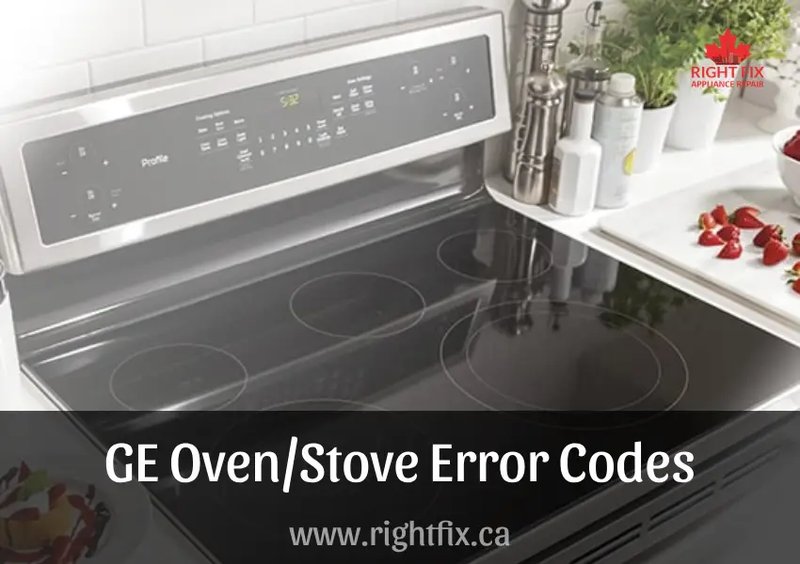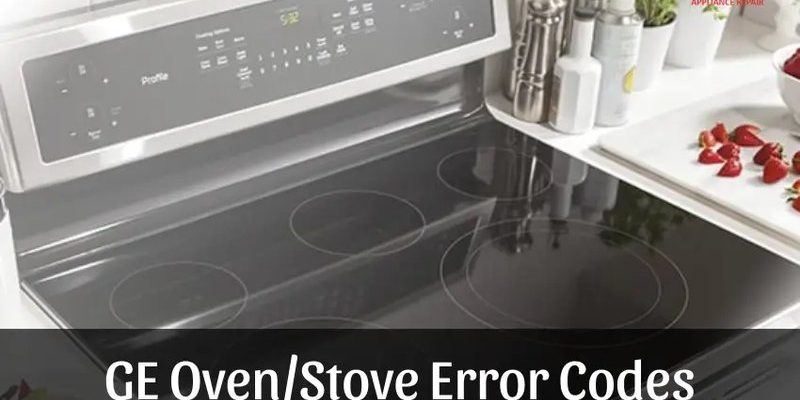
In simple terms, the E2 error code typically relates to a problem with the electronic control board or possibly an overheating issue. This doesn’t mean your trusty kitchen companion is beyond repair. Instead, it suggests there might be a minor hiccup in its system that could be resolved with a straightforward reset. But how does this work, and will resetting your appliance actually fix the problem? Let’s dive deeper and unravel this mystery.
Understanding the E2 Error Code
The E2 error code can feel a bit like your oven is speaking a secret language. In reality, it’s just communicating that something isn’t functioning as it should. Imagine your oven as a complex computer. Just like computers, modern ovens have circuits and brains, known as electronic control boards, that manage all their operations. When something goes awry, an error code like E2 pops up to alert you.
The E2 error code often points to either an issue with the oven’s electronic control board or an indication of overheating. Picture your oven’s control board as its brain. If this “brain” experiences a hiccup or miscommunication, it might trigger the E2 code. Alternatively, if your oven is a bit too hot and bothered, it might send out an E2 alert as a precautionary warning. These are the little smoke signals your oven sends to let you know it needs attention.
But why does this happen? Sometimes, electrical issues, such as power surges, can confuse the control board. Other times, a bake element or the temperature sensor inside may be malfunctioning, sending incorrect signals to the board. Understanding the root cause helps in deciding the proper course of action.
Will Resetting Your GE Oven Solve the Problem?
You might be thinking, “Okay, so resetting sounds like it might do the trick. But will it really?” The answer is a resounding “maybe.” Resetting your GE oven or range can potentially solve the E2 error, but it’s not a guaranteed fix. Resetting acts like a gentle reboot for your appliance, similar to how you might restart your computer when it freezes.
Here’s how you can try this solution: First, turn off your oven or range completely. You might need to unplug it or switch off the circuit breaker in your home that supplies power to it. Leave it off for about five minutes. This brief downtime allows any temporary glitches in the electronic control board to clear out, giving it a fresh start. After waiting, power your oven back on and see if the E2 code has disappeared.
However, if the E2 error code persists, there could be more at play. While resetting is a good first step, it’s important to recognize its limitations. If the error code keeps coming back, it may indicate a more serious issue that requires professional diagnosis or repair.
Alternative Solutions if Resetting Fails
So, what if resetting doesn’t do the trick? Don’t worry, there are other avenues to explore. If the E2 error persists, it might be time to consider looking deeper into specific components of your oven. One potential culprit could be a faulty temperature sensor. The sensor is responsible for monitoring the oven’s heat levels. If it’s not working properly, it might trigger an E2 error, similar to how a broken thermostat in a car can cause overheating.
Another point to investigate is the electronic control board itself. If it’s not functioning correctly, it might need to be replaced. Think of it like swapping out a malfunctioning part in a car engine. Additionally, ensuring the oven’s ventilation isn’t obstructed can prevent overheating issues that might lead to error codes.
If the technical tinkering feels overwhelming, it’s perfectly okay to call in a professional. A certified technician can accurately diagnose and repair the issue, saving you time and ensuring your appliance is back to working order safely.
Preventative Measures to Avoid Future Errors
Prevention is always better than cure, right? Keeping an error-free oven is entirely possible with some simple preventative measures. First, consider using a surge protector for your oven to guard against any electrical surges that might confuse its control board. This is akin to wearing a helmet on a bike ride; it’s a simple safeguard for potential mishaps.
Regular maintenance is also key. Make it a habit to check your oven’s temperature sensor and heating elements every few months. Cleaning the oven thoroughly and ensuring there’s no obstruction in the vents can prevent overheating issues. It’s much like keeping your car tuned up to prevent breakdowns on the road.
Lastly, consult your oven’s manual to understand any other specific recommendations the manufacturer might have for preventing errors. By staying proactive, you can enjoy a seamlessly functioning oven, always ready to serve up your culinary creations without a hitch.
In conclusion, while resetting your GE oven or range can often be a handy troubleshooting step for the E2 error code, it’s not a one-size-fits-all solution. Understanding the underlying causes, exploring alternative fixes, and adopting preventative care can help keep your kitchen center stage, error-free. If you find yourself in over your head, don’t hesitate to reach out for professional help. After all, enjoying a stress-free cooking experience is always worth it!
